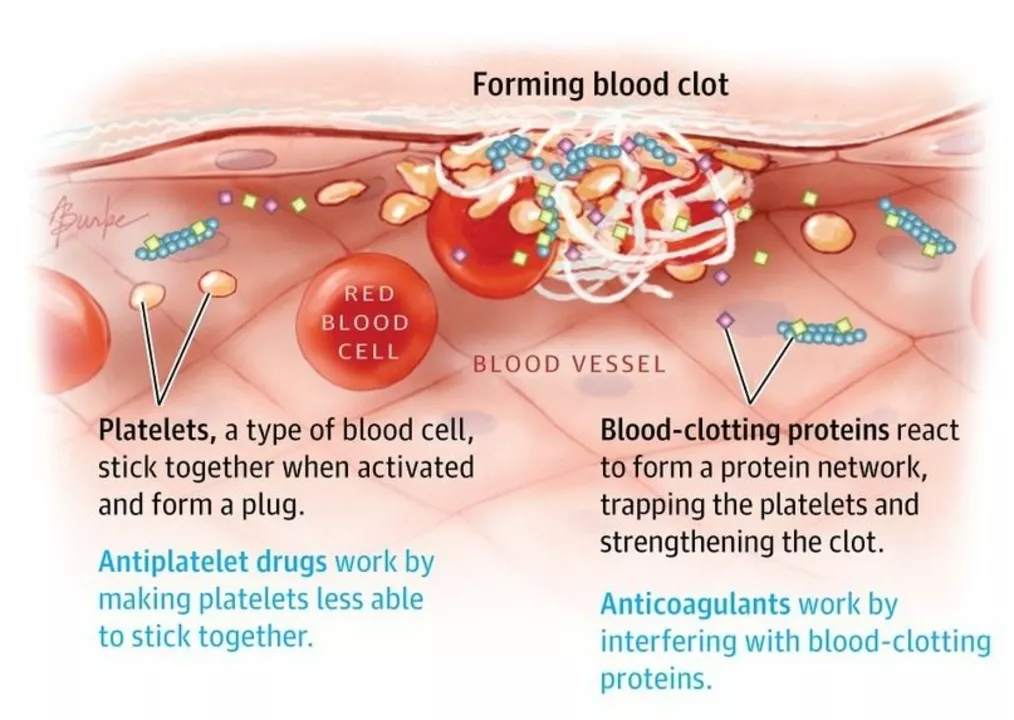Health risks: Spotting medication dangers before they hit
A single pill can fix one problem and cause another. That sounds dramatic, but it's real: side effects, interactions, and bad storage all turn safe meds into risks. If you take prescription drugs, over-the-counter meds, or supplements, you need a simple routine to protect yourself.
Common hidden risks
Drug interactions are the top silent danger. Mixing nitrates and ED meds can cause dangerous drops in blood pressure. Combining certain antidepressants with migraine drugs or herbal supplements can trigger serotonin syndrome. Even grapefruit juice can boost levels of some drugs and cause overdosing without extra pills. If you’re on blood thinners, antibiotics or herbal weight-loss supplements can change bleeding risk.
Side effects that require fast action include trouble breathing, swelling of the face or throat, fainting, sudden chest pain, severe rash, high fever, or new suicidal thoughts. Less urgent but still important signs are new confusion, dizziness, vision changes, or sudden bruising. Don’t shrug those off—write them down and tell your doctor or pharmacist immediately.
Online pharmacies and cheap sources add another risk: counterfeit meds, wrong doses, or missing safety checks. Some overseas sellers skip prescription verification. That saves money sometimes, but it can put you at real risk if the medicine is fake or contaminated.
Practical steps to lower risk
Start with a single, up-to-date medication list you carry or store in your phone. Include prescriptions, OTCs, supplements, and even topical creams. Share that list with every provider and the pharmacist. Use one trusted pharmacy when you can—pharmacists catch interactions fast.
Read the patient leaflet every time you get a new drug and ask two simple questions: what serious side effects should I watch for, and what should I avoid (food, drinks, other meds)? If you’re prescribed something that affects mood, sleep, or thinking, have a friend or family member check in during the first weeks.
When buying meds online, look for verified pharmacies, require a prescription, and avoid sites that offer controlled drugs without one. Compare prices through legitimate coupon sites or manufacturer programs rather than guessing at obscure sellers.
Adjust doses for age and organ function. Older adults and people with kidney or liver issues often need lower doses. If you’re pregnant or trying to conceive, tell your provider—many drugs carry special risks for pregnancy.
Keep a small log of new symptoms for the first month on any new drug. This helps your provider spot patterns and decide if a change is needed. Report serious adverse effects to your doctor and, in the U.S., to the FDA’s MedWatch. Your report can protect others.
Small habits prevent big problems: keep meds in original containers, store them away from heat and moisture, and lock up anything dangerous. If something feels off with a drug—taste, packaging, or unexpected effects—stop it and ask a pharmacist. That quick pause can save you from a bigger health risk.
- Colin Hurd
- May, 16 2023
- 8 Comments
The connection between smoking and blood clot formation
As a blogger, I've recently been researching the connection between smoking and blood clot formation. It turns out that smoking can significantly increase the risk of blood clots by damaging the lining of blood vessels and causing them to narrow. Additionally, smoking also increases the levels of fibrinogen, a protein that contributes to clot formation. This, combined with reduced blood flow due to nicotine, makes it easier for clots to form and block blood vessels. It's clear that quitting smoking is essential for lowering the risk of blood clot formation and maintaining overall health.

